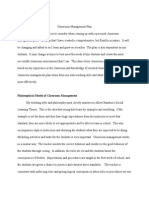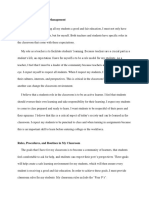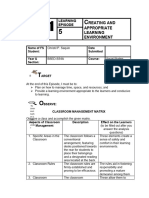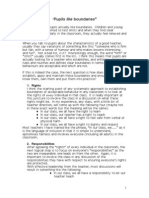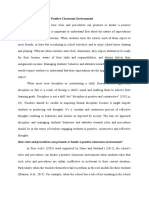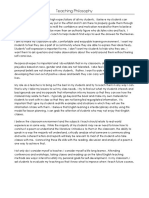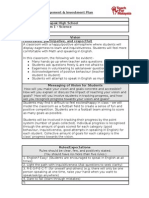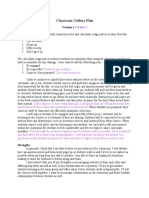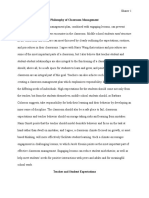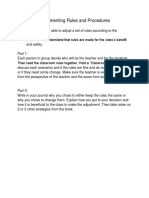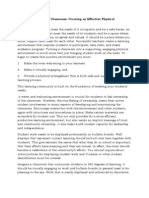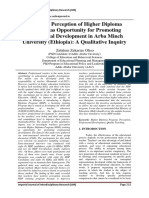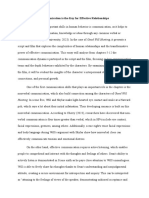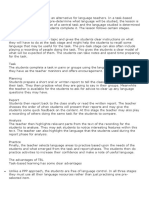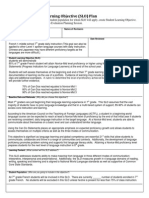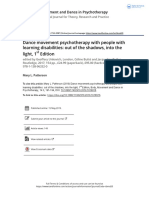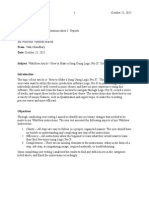0% found this document useful (0 votes)
17 views10 pagesField Study Lesson Plan - Learning Environment
The document outlines a lesson exemplar focused on classroom management, emphasizing the creation of an inclusive and participatory learning environment. It includes objectives, content, learning resources, and detailed procedures for engaging students in understanding effective classroom structures. Activities such as scenario analysis and collaborative classroom layout design are incorporated to foster student participation and reflection on classroom dynamics.
Uploaded by
sisonjesel29Copyright
© © All Rights Reserved
We take content rights seriously. If you suspect this is your content, claim it here.
Available Formats
Download as DOCX, PDF, TXT or read online on Scribd
0% found this document useful (0 votes)
17 views10 pagesField Study Lesson Plan - Learning Environment
The document outlines a lesson exemplar focused on classroom management, emphasizing the creation of an inclusive and participatory learning environment. It includes objectives, content, learning resources, and detailed procedures for engaging students in understanding effective classroom structures. Activities such as scenario analysis and collaborative classroom layout design are incorporated to foster student participation and reflection on classroom dynamics.
Uploaded by
sisonjesel29Copyright
© © All Rights Reserved
We take content rights seriously. If you suspect this is your content, claim it here.
Available Formats
Download as DOCX, PDF, TXT or read online on Scribd
/ 10










